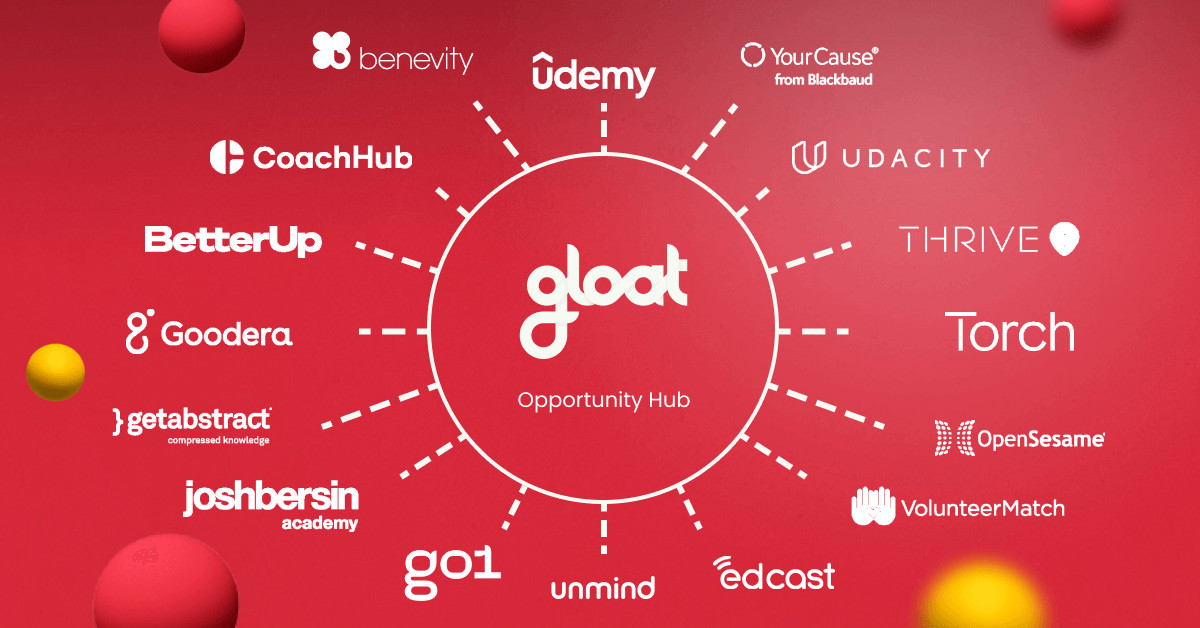5 steps every hybrid organization must take to succeed
Josh Bersin’s top tips for navigating a new era of work

Most organizations have reached the same conclusion about the future of work: It’s hybrid. More than nine out of ten businesses plan to continue to combine remote and on-site working.
Yet, hybrid work is far from the only challenge on the horizon. Leaders are also coming face to face with an unprecedented talent shortage, as industry analyst Josh Bersin noted in our latest chat. He pointed to shrinking populations and ever-widening skill gaps as the key forces that are fueling today’s hyper-competitive hiring landscape.
Consequently, executives who want to set up their organizations for success must make sense of these shifting power dynamics and the impact they’re having on the employee-employer relationship. Namely, it’s time for leaders to rearchitect operating models and work structures to meet people where they’re at.
5 best practices for success in the hybrid era
As stakes rise and skill gaps widen, building a blueprint for successful hybrid working will only become more important—and more challenging. To chart a path forward, we’ve tapped some leading HR voices to share their insights.
With Josh Bersin as our host, we gathered Markus Graf, Global Head of Talent at Novartis; Jean Pelletier, VP of Digital Talent Transformation at Schneider Electric; and Keegan Bowman, AVP of Skills and Performance at Metlife, to explore the future of hybrid working. Some of their top takeaways include:
#1. Give career models an agile makeover
Agility emerged as the ultimate differentiator during the pandemic. Businesses needed to pivot quickly to achieve operational continuity and fast-moving, flexible organizations were best equipped to respond to near-constant disruption.
In an effort to unlock agility, many enterprises are moving away from traditional work hierarchies and rigid career paths. Instead, these visionary organizations are embracing dynamic career pathing tools that put employees at the helm of their professional development.
Bowman describes how Metlife plans to use its talent marketplace to enhance career agility: “What we’re looking at doing is giving people a view into the possibilities. We think that’s going to be so much more valuable than having a perfectly planned out, linear career path.”
Pelletier speaks of a similar strategy at Schneider Electric, noting that workplace dispersion has only underscored the importance of dynamic technology like the talent marketplace.
When people are talking about going hybrid, the talent marketplace was such an enabler. It gave transparency to the employees about what we had in terms of supply and demand. It replaced the old telephone method and allowed us to take down walls and borders.
#2. Let experiential learning lead the way
In the hybrid era, L&D has been upgraded from business priority to business necessity. As the pace of change accelerates and the half-life of skills shrinks, everyone must keep learning to stay relevant.
While a formalized curriculum is a step in the right direction, some skills can only be gained through on-the-job experience. Many employees struggle to pinpoint the projects and gigs that will get them up to speed, particularly in a hybrid environment that typically silos experiential learning.
However, there’s no need to rely on content alone to fulfill upskilling and reskilling needs. Bowman explains how introducing a talent marketplace is a game-changer for upping the visibility of experiential learning opportunities, noting,
In the past, I could easily go to our LSP to find formal learning, either training or reading or something that could help me fill in that gap or learn more. But more importantly, now I can take it even further with our talent marketplace. I can say: ‘Well, I’ve developed a skill in this area, let me go see where I can apply it.’
#3. Get ready for a culture change
It’s often the cultural component of hybrid working that proves most challenging. As workplace fluidity and flexibility increase, the way your people interact with one another and approach their work must evolve.
Rather than relying solely on top-down ways of working, successful hybrid cultures prioritize autonomy and flexibility. Pelletier describes this mindset change as “giving the keys of driving mobility over to the employees of the organization.”
This can be a significant transition, which is why Graf recommends a more gradual approach.
It’s definitely a journey that takes time,” he explains. “To really bring the talent marketplace to life and also to manage this culture change, we decided to start off with the small gigs. Like spending an extra 20% of time in terms of projects just to make it a little bit more digestible and bite-sized.
#4. Skills should speak for themselves
In the hybrid era, career progression isn’t determined by who you know or the people you’re sitting next to. Instead, skills and experiences are the deciding factors that determine which employees are the best fit for growth opportunities.
Yet, it’s virtually impossible for managers to manually maintain an in-depth understanding of everyone’s unique competencies. And without equal visibility, bias will inevitably play some role in deciding who gets chosen for promotions.
So what can enterprises do to prevent bias from creeping in? Talent marketplaces ensure decisions are skills-led, in turn creating a culture of equal opportunity that empowers all employees to achieve their full potential. Existing and aspirational skills are pulled from employee profiles and AI matched to the skill requirements found in opportunities in the talent marketplace. Additionally, skill proficiency is calculated and weighed to further reinforce competency and alignment of talent to the right opportunities.
“We have an entire employee inventory that doesn’t just look at what I did at Schenider but takes into account my past history. We’ve never been able to mine that from an AI perspective before. So it does de-bias who your candidate slate could be.”
#5. Build your talent pool from within
As hiring gets more competitive, businesses must get creative to ensure they have the skills they need to thrive in the hybrid era. Rather than making external recruitment the default for bridging skill gaps, enterprises are increasingly turning their attention inwards.
Bersin describes this change, noting,
“Companies are telling me that they’ve trained their recruiters to become internal headhunters. So they’re searching around inside the company getting to know people, looking for highly skilled individuals that are ready to move. Almost like talent scouts, which given the state of the job market, is a good thing to do.”
An emphasis on internal mobility promises to be a winning strategy for multiple reasons. Most importantly, it gives workers what they’re looking for, as Graf articulates. “Employees would like to explore opportunities within other parts of the organization. In fact, this was the number one pain point for our associates when we did some research on employee experience.”
Internal recruitment can also come with its own set of bottom-line benefits. When discussing a talent marketplace’s ROI, Pelletier points not only to the 200,000 hours her company unlocked, but to the estimated $15 million that Schneider Electric saved in enhanced productivity and reduced expenses. “Think of your projects and your gigs. Normally you might go and hire a contractor to do something when there is someone who has the bandwidth within your own company to do what you need.”
Now that hybrid models are quickly becoming the dominant way of work, most leaders recognize that it’s time to embrace new tools and strategies. To learn more about how talent marketplaces fuel success for hybrid companies, check out our guide, How leading companies boost productivity and cut costs.




